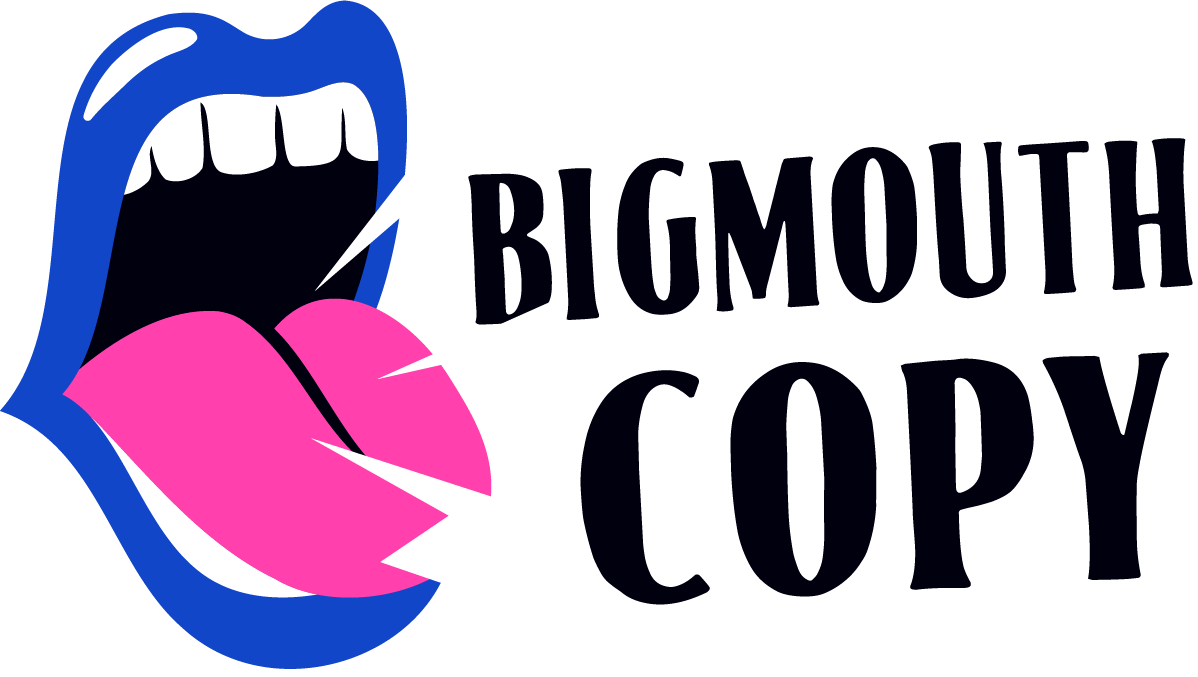Should I put pricing on my website?
Your entire website is designed to help sell your online business’s services, but the Sales page (also known as the Services page) is the queen of selling on your site. Its job is to answer your prospective client’s questions about working with you and (if done right) remove all the barriers before someone reaches out to you.
And one of the most popular questions they’ll ask? “How much does it cost to work with you?”
That’s why we always advocate that our clients include their pricing on their websites.
Now, look — we know you’ve heard from a million marketing gurus and business coaches not to put your pricing on your website because it supposedly encourages clients to reach out to you, and once you have their contact info you can sell them on your services.
And if you’re the world’s best salesperson and you can nail those emails and phone calls, good for you. But in our experience as website copywriters, that’s typically not the case. Instead, they receive tons of inquiries asking for pricing and get ghosted the majority of the time.
Instead, we recommend putting your pricing on your website.
Reasons Why You Should Put Pricing On Your Website
1. It Saves Your Couples From an Awkward Conversation
Money can be a taboo topic — it can make people feel uncomfortable, embarrassed, or awkward. And forcing someone to make a decision about money in front of you — which is what you’re doing if you tell someone your pricing for the first time on the phone or via email — can feel confrontational or even like an attack. That’s why “ghosting” (a lead never returning your calls or emails) is so common for those who don’t list their pricing online: a prospect got the information they asked for, and is too embarrassed to tell you they can’t afford you.
Do your potential clients a favor and save them the embarrassment or confrontation of a pricing conversation. Instead, put your pricing on your website.
2. It Saves You Time
Time is money. That’s why it’s important you get qualified leads, so we know it’s worth it for you to spend time and energy on a prospect. A “qualified lead” is someone who fits the major criteria to be your customer, such as a couple getting married in your city on a date that you’re available and with a budget that exceeds the cost of working with you. Clients can often self-qualify by getting information about working with you via your website, like where you’re located and the cost of hiring you. But if you don’t including your prices on your website, they can’t self-qualify, which means you risk spending time on the phone or emailing with someone who can’t hire you. Time wasted = money wasted.
3. It Fosters Trust
This one is specifically for our wedding pros reading along. A lot of couples believe that wedding vendors charge extra simply because the product or service they’re buying is for a wedding. (This is similar to the “pink tax” that adds cents to the price of a razor just because it’s pink instead of black.) You can dispel these myths and start building trust with your clients by putting your pricing on your website, showing them that each wedding is charged the same price as the last.
How To Put Pricing On your Website
The next question that inevitably follows whether or not to put prices on your website is how to do it. We get it — while some charge an hourly rate or flat fee, others’ pricing varies wildly depending on the service, quantity, quality, etc. The good news is that when we say to put prices on your website, there are many ways to do so:
List the actual price. This is perfect for DJs, photographers, jewelers, rental companies, and other service providers who charge a flat fee per package, or a fixed hourly rate.
List a starting price or order minimum. This is an excellent strategy for wedding planners, stationers, caterers, and other creatives whose pricing varies depending on the offering.
List an average investment. We love this tip for just about any service provider, especially when paired with the starting price. That way, you can avoid a lead wondering why the custom price you quote them is higher than the minimum.
Provide example pricing. This pricing strategy is particularly good for creatives with nuanced pricing, such as caterers and florists. Using this strategy, you can post a sample menu or product list and pricing alongside photos so prospects can get a better visual picture for the investment of working with you.
Get Help With Your Services Page
Pricing is just one small piece of the larger Sales page/Service page puzzle. When done right, your website’s Sales page can make it easy to sell your services for you so the prospective clients who reach out are more likely to book and less likely to ghost you. And if you really want to work smarter, not harder, you’ll get help from a pro who understands sales in the creative space and who works quickly, because time is money — pros like us.
